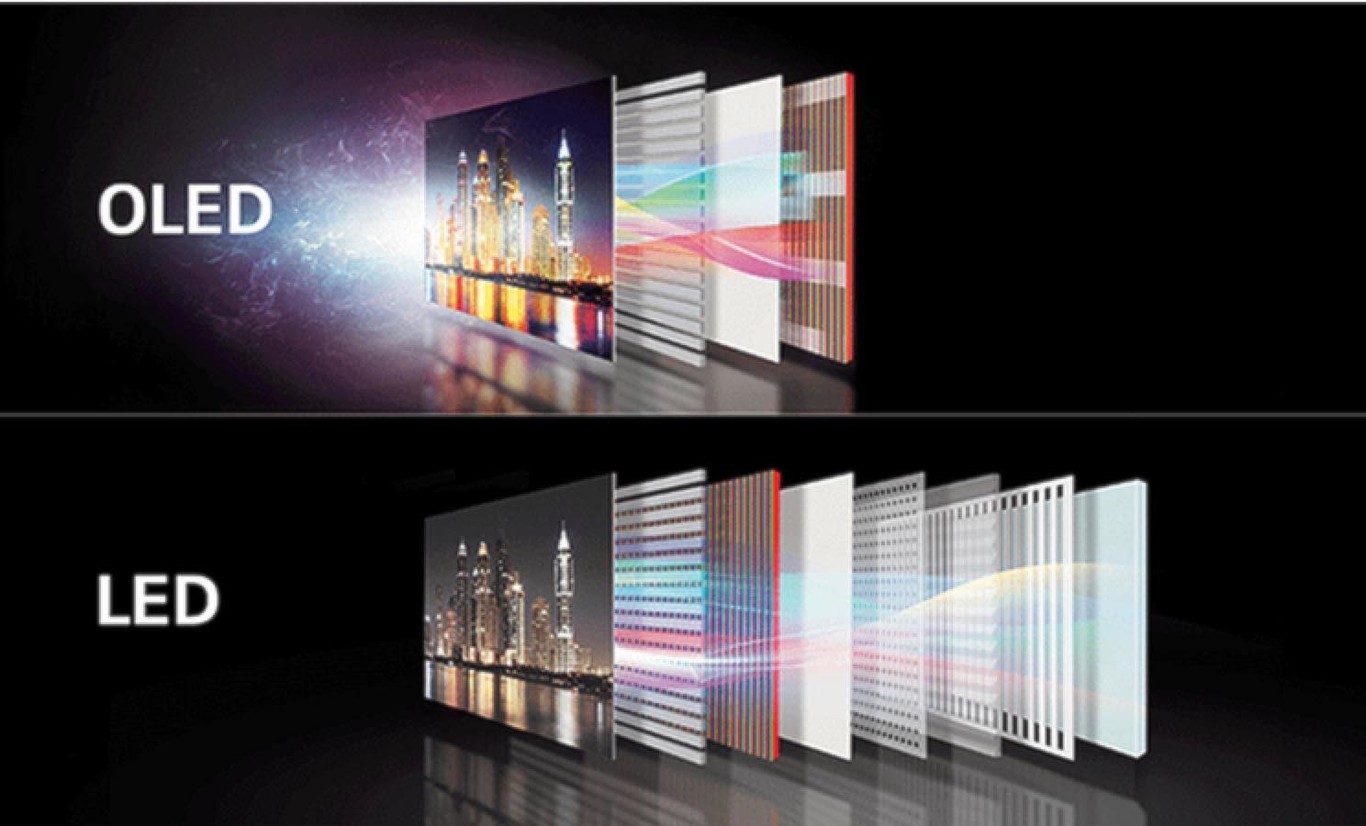In the world of electronic devices, the screen is one of the most important components. There are different screen technologies, with the most common being LCD, OLED, and AMOLED. Each has its own features, advantages, and disadvantages. In this article, we’ll explore each type in detail to help you understand which one best suits your needs.
What Is an LCD Screen?
LCD stands for "Liquid Crystal Display". These screens use a backlight to illuminate the pixels that form the images. They are common in many devices due to their low cost and decent color reproduction.

Advantages of LCD Screens
- Affordable price: Generally cheaper than other technologies.
- Good outdoor visibility: Brightness makes them easy to use in sunlight.
- Long lifespan: Lower risk of screen burn-in.
Disadvantages of LCD Screens
- Less deep blacks: Constant backlighting makes blacks appear grayish.
- Lower energy efficiency: Consumes more power than OLED or AMOLED.
- Limited viewing angles: Image quality may degrade at extreme angles.
What Is an OLED Screen?
OLED stands for "Organic Light Emitting Diode". Unlike LCDs, OLED screens don’t need backlighting, as each pixel emits its own light. This allows for deeper blacks and more vibrant colors.

Advantages of OLED Screens
- True blacks: Pixels turn off completely to display black, offering superior contrast.
- Vibrant colors: Higher accuracy and richness in color reproduction.
- Thin and flexible design: Allows for curved or foldable screens.
Disadvantages of OLED Screens
- Higher cost: More expensive to produce than LCDs.
- Risk of screen burn-in: Static images may leave permanent marks over time.
- Limited lifespan: Organic materials can degrade faster, especially blue pixels.
What Is an AMOLED Screen?
AMOLED stands for "Active Matrix Organic Light Emitting Diode". It's a variant of OLED technology that uses an active matrix to control each pixel individually, improving efficiency and response time.

Advantages of AMOLED Screens
- Better energy efficiency: Consumes less power when displaying dark colors.
- Fast response time: Ideal for moving content such as videos and games.
- More vivid colors: Offers intense and attractive color saturation.
Disadvantages of AMOLED Screens
- Screen burn-in risk: Like OLED, can suffer from image retention.
- Higher repair cost: Repairs can be more expensive due to the complex technology.
- Color degradation: Colors may fade over time, especially blue.
LCD vs OLED vs AMOLED Comparison

| Feature | LCD | OLED | AMOLED |
|---|---|---|---|
| Backlighting | Yes | No | No |
| Deep blacks | Moderate | Excellent | Excellent |
| Power consumption | High | Low | Very low |
| Cost | Low | High | Very high |
| Burn-in risk | No | Moderate | High |
| Flexibility | No | Moderate | High |
What Type of Screen Does Your Device Have?
To find out what type of screen your device uses, you can:
- Check the technical specifications on the manufacturer's website.
- Search your device model followed by "screen type" on your preferred search engine.
- Use diagnostic apps that provide detailed hardware information.
Explainer Video
For a visual explanation of the differences between these screen technologies, we recommend the following video:
Conclusion
The choice between LCD, OLED, or AMOLED screens depends on your needs and budget. If you're looking for a functional and budget-friendly option, LCD screens are suitable. For a superior visual experience with vibrant colors and deep blacks, OLED and AMOLED screens are ideal—though at a higher cost. Also consider lifespan and usage when making your decision.

